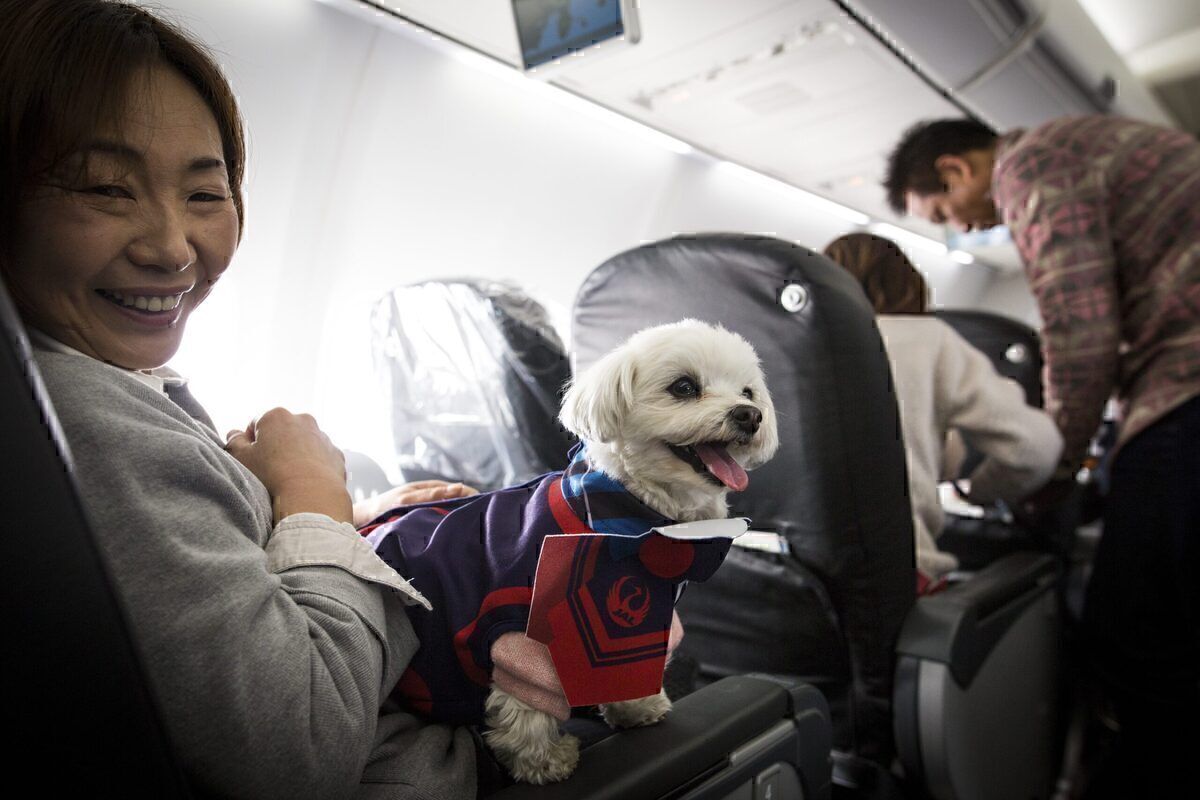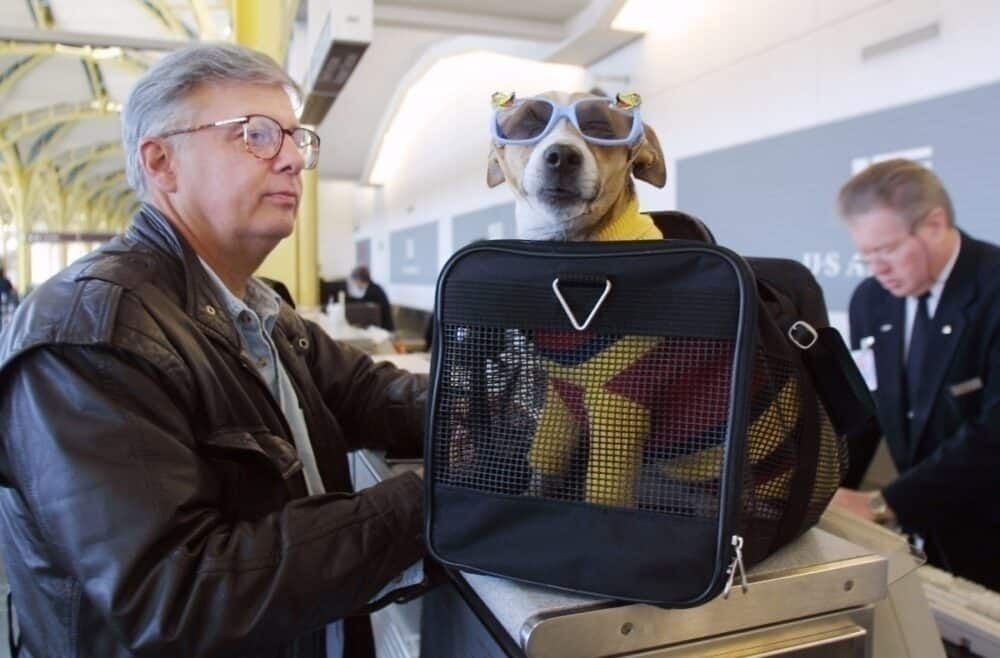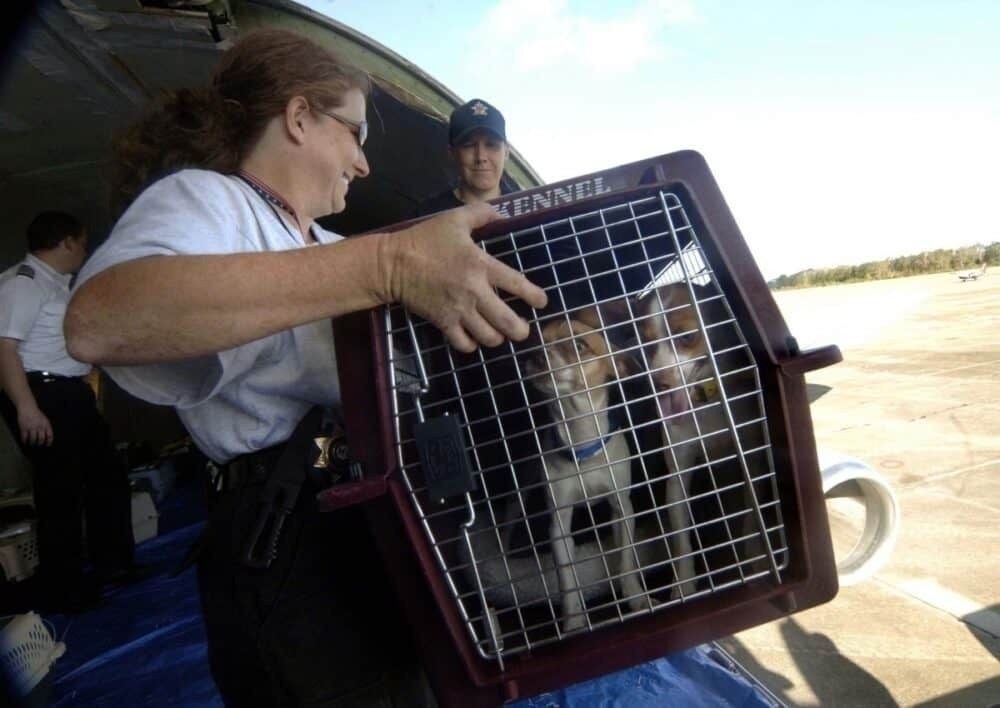The United States Department of Transportation (DOT) has taken a harder stance on service animals. No longer categorizing emotional support animals (ESAs) as service animals, the DOT is giving airlines more options when it comes to transporting emotional support animals. Here's what you need to know.
Emotional support animals are no longer service animals
One of the biggest changes in the change is that emotional support animals are no longer categorized as service animals. That means that emotional support animals can be treated as pets. Airlines can now start to charge for transporting emotional service animals.
The DOT looked at financial benefits for airlines. Carriers could see an increase from $54 to $59.6 million in fees paid by passengers traveling with emotional support animals. The DOT indicated that the airlines are transporting ESAs with no charge to passengers while the carriers themselves face non-zero resource costs to accommodate those passengers.
The other thing airlines can do is limit the size and number of ESAs a passenger, or passengers, can bring onboard with them. Pets that are carried on incur an extra fee and generally have to stay in their kennel under the seat in front of you for the entire duration of the flight.
Emotional support animals have been the subject of much controversy over the last few years. Twitter lit up after a passenger tweeted an image of two large support dogs in Delta One acting far from well-behaved. Just a few months before that, an emotional support dog attacked an American Airlines flight attendant. Before that, a Delta passenger sued the airline after being attacked by an emotional support animal. Other animals have been better well-received, including a rabbit that flew business class to Japan.
The DOT has previously been considering either a ban on emotional support animals or a change to the way they are handled on an aircraft. This led to some proposing middle-ground solutions to the emotional support animal debacle.
Stay informed: Sign up for our daily aviation news digest.
Is this the end of emotional support animals?
ESAs are not outright banned from aircraft. Rather, airlines will be able to treat them like pets. So, while it is not the end of emotional support animals entirely, it will likely be the end of large ESAs. Service animals will need to fit the DOT's definition as being an individually trained dog that will do work or perform tasks for the benefit of a qualified individual with a disability, whether that be a physical, sensory, psychiatric, intellectual, or other mental disability.
Changes with service animals
Genuine service animals will also be subject to additional airline scrutiny. The DOT is allowing airlines to take a variety of stances over service dogs. This includes requiring certain forms that attest to an animal's health, behavior, and training, and its relief needs on longer flights.
The DOT also allowed airlines to mandate the size of support animals. Carriers can choose to require a service animal to fit within its handler's foot space on the aircraft and be harnessed, leashed, or tethered at all times throughout the journey.
What are your options when it comes to traveling with pets?
There are other options for those whose animals may no longer be able to fly for free as an ESA. Airlines do still fly larger pets as cargo, though note that in the ongoing crisis, some airlines have suspended flying pets in the hold as operational disruptions still remain a higher possibility than before.
Are you glad to see the DOT take a stand against emotional support animals? Let us know in the comments!



